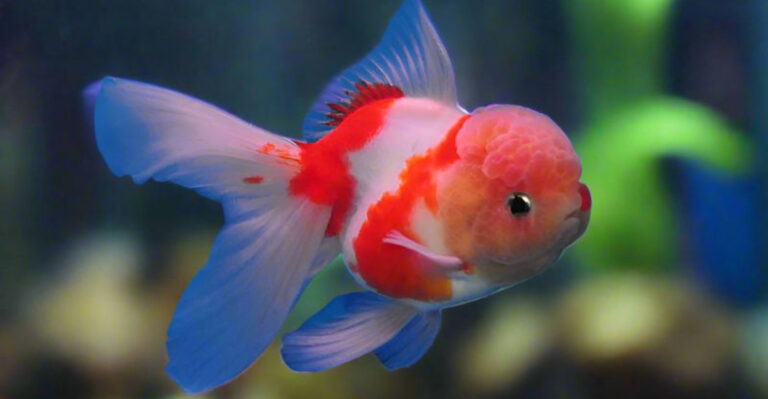This Fish Has 6 Legs That Act Like Tongues To Help It Find Food
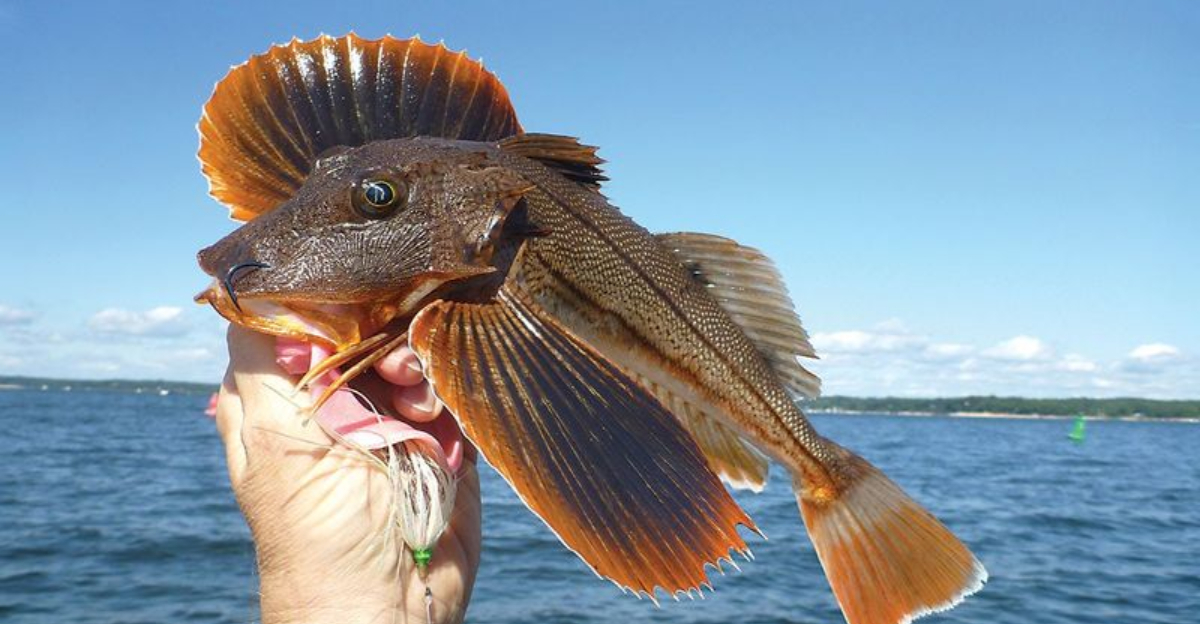
Deep in the ocean lives a truly extraordinary creature called the sea robin. What makes this fish special isn’t colorful scales or lightning speed, but rather its six unusual leg-like appendages that function similar to tongues.
These specialized limbs help the sea robin detect and capture food hidden in the sandy ocean floor, giving this unique fish an edge when hunting in its underwater world.
1. Meet The Oddball Of The Ocean
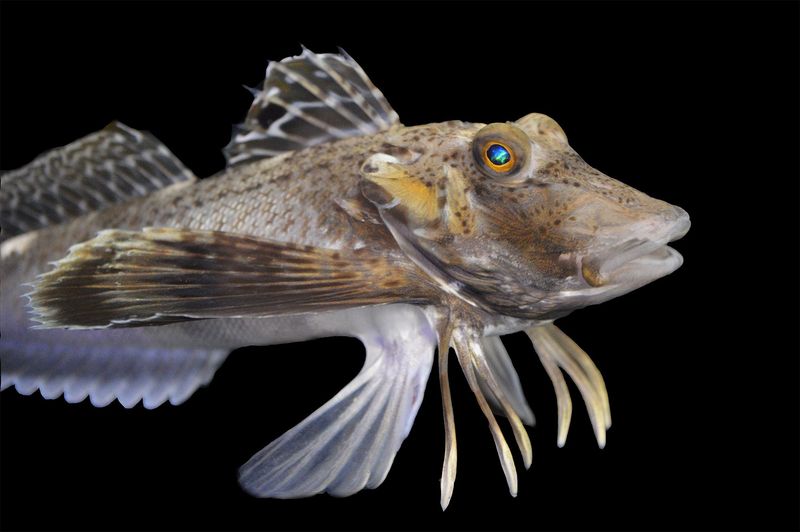
Sea robins stand out in the underwater world with their bizarre appearance. Most fish glide smoothly through water, but these peculiar creatures possess six finger-like projections under their bodies.
These aren’t ordinary fins – they’re modified pectoral fin rays that have evolved into leg-like structures. Scientists call them ‘chemosensory barbels,’ and they’re packed with taste receptors similar to our tongues.
2. Walking On The Ocean Floor
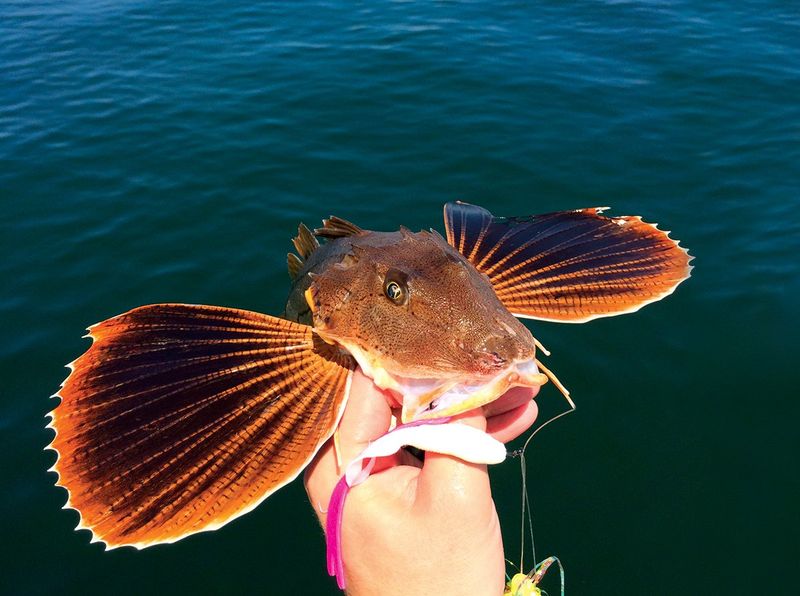
Watching a sea robin move is like witnessing a small miracle of evolution. Unlike typical fish that rely solely on swimming, these remarkable creatures actually walk across the seabed using their specialized legs.
The movement resembles a crab more than a fish, with deliberate steps rather than the usual fishy wiggle. Their unique locomotion allows them to navigate rocky terrain and coral formations where other fish species simply can’t go.
3. Taste Buds On Legs
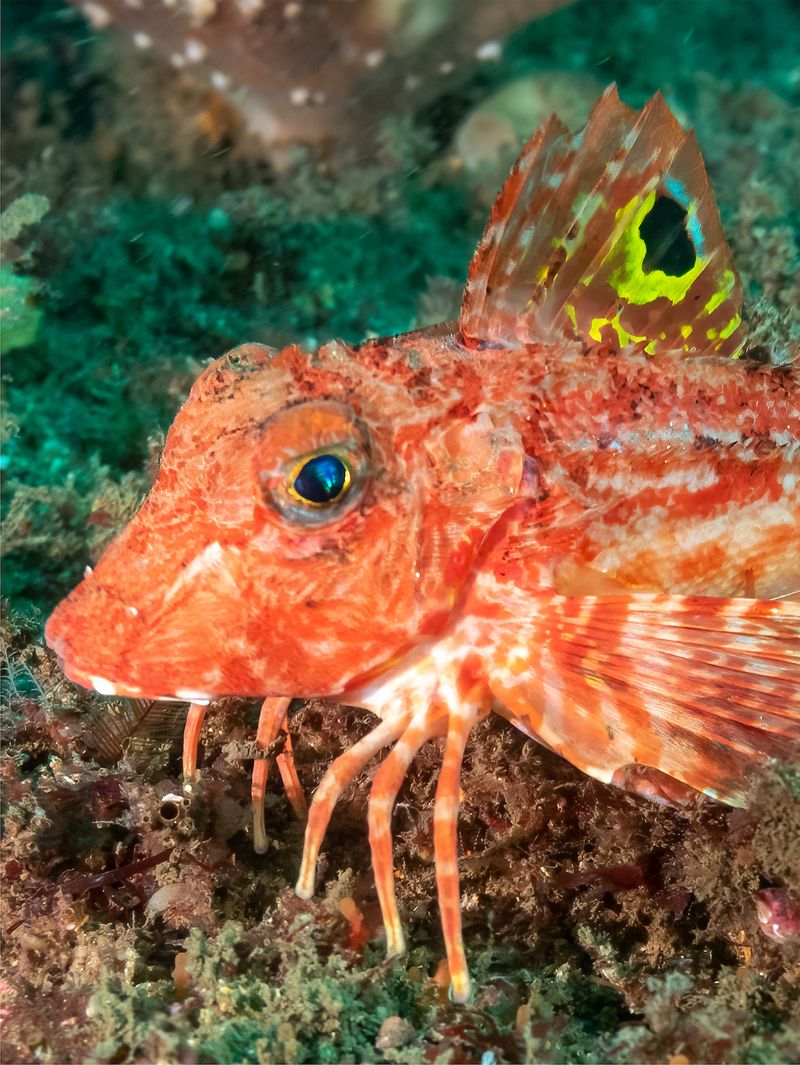
Imagine having taste buds on your fingers – that’s essentially what sea robins experience! Their leg appendages contain thousands of sensory cells similar to those on our tongues.
When searching for food, they tap these sensitive appendages against the sand, instantly detecting the chemical signatures of hidden prey. This remarkable adaptation gives them a distinct advantage over other predators who rely primarily on sight or smell alone.
4. Nature’s Metal Detector
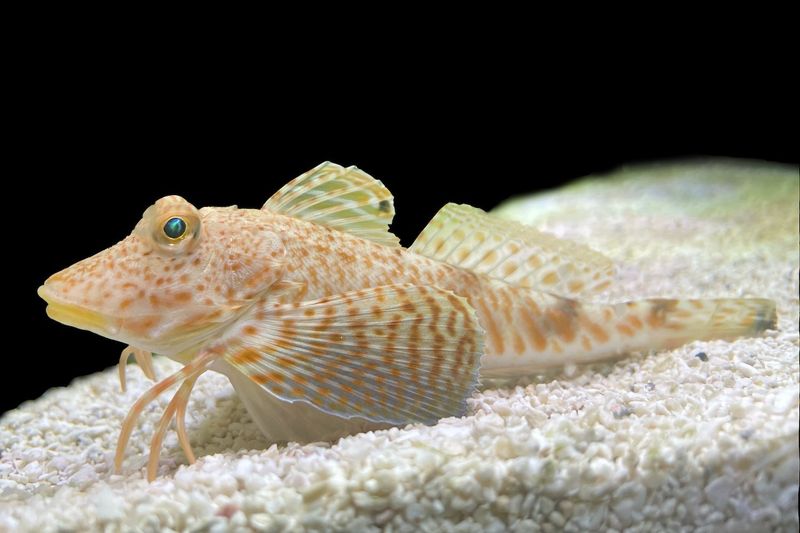
Sea robins employ their specialized legs like living metal detectors scanning for treasure. As they patrol the seabed, these sensitive appendages pick up tiny electrical signals generated by creatures hiding beneath the sand.
A buried clam or worm might be invisible to the eye, but can’t escape the sea robin’s biological sensors. Once detected, the fish quickly digs with its appendages to uncover the hidden meal.
5. Multitasking Marvels
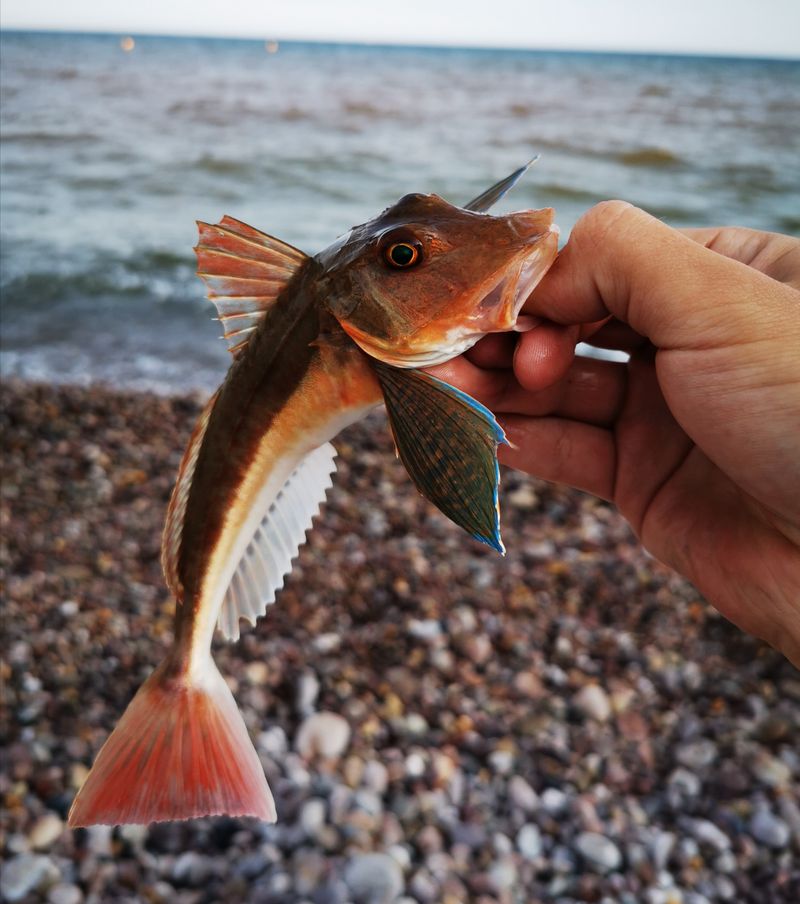
The sea robin’s legs aren’t one-trick ponies – they perform multiple vital functions simultaneously. Beyond sensing food, these appendages help maintain stability in strong currents when the fish needs to stay in place.
They also serve as tools for stirring up the seabed, creating small sand clouds that flush out hiding prey. Some species even use their legs to build simple nests during breeding season, proving these appendages are truly versatile.
6. Evolutionary Wonder Story
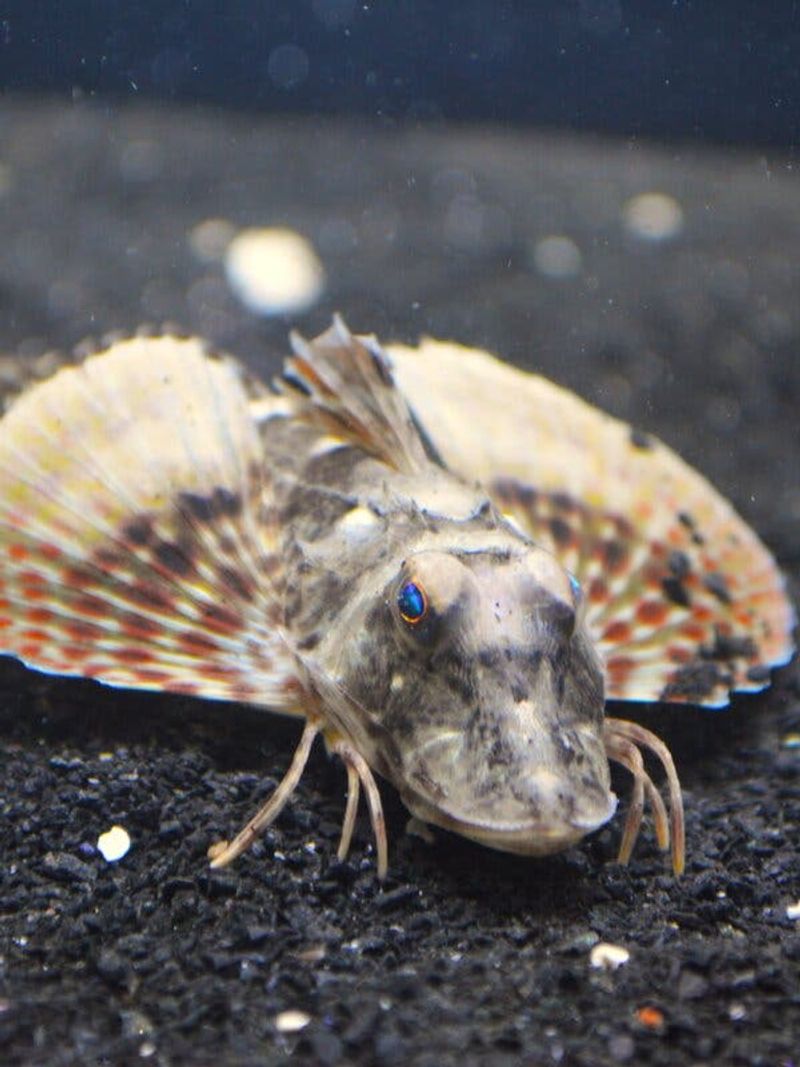
The sea robin’s peculiar legs tell a fascinating evolutionary tale. These structures began as ordinary fin rays millions of years ago, gradually transforming as the species adapted to bottom-dwelling life.
Natural selection favored individuals with more sensitive, mobile fin rays that could better detect food. Over countless generations, these fins evolved into the specialized appendages we see today – a perfect example of how environmental pressures shape amazing adaptations.
7. Chemical Communication System
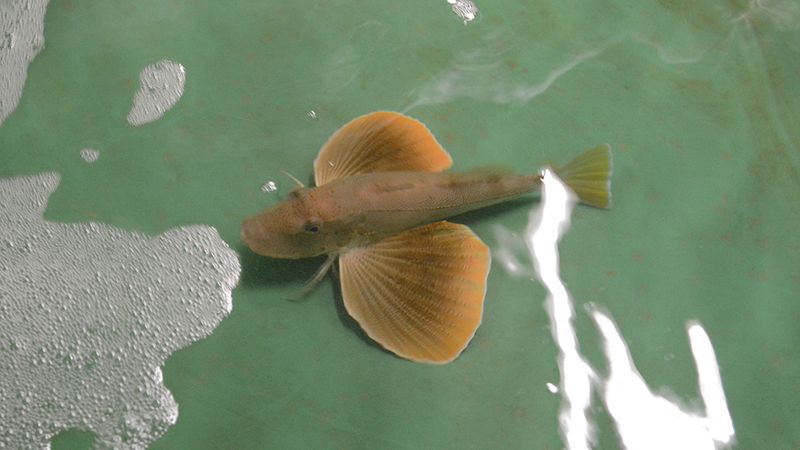
Sea robins possess a sophisticated chemical language system through their leg appendages. Each appendage contains specialized cells that not only detect food but also pick up chemical signals from other sea robins.
This allows them to identify potential mates, recognize territorial boundaries, and even detect predators through chemical traces in the water. Think of it as a combination of taste, smell, and touch all wrapped into six remarkable appendages.
8. The Drumming Connection
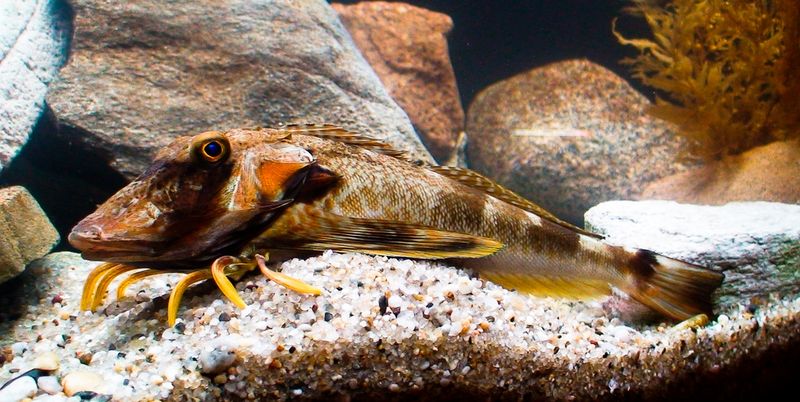
Many sea robin species produce distinctive drumming sounds using specialized muscles against their swim bladders. Researchers have discovered a fascinating connection between this sound production and their leg movements.
When drumming, sea robins often synchronize leg tapping against the seafloor, creating vibrations that flush out prey. The combined acoustic and physical disturbance startles hidden creatures, making them easier to detect with those sensitive leg appendages.
9. Masters Of Disguise
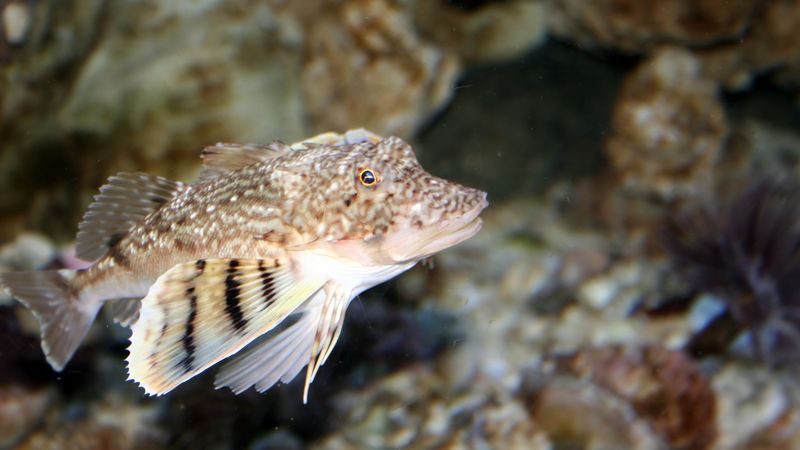
Sea robins employ clever camouflage techniques involving their distinctive legs. When threatened, they can tuck these appendages beneath their bodies, instantly transforming their appearance to resemble more common fish species.
Some sea robins can even change the color of their legs to match surrounding environments. This remarkable ability to alter their most distinctive feature provides crucial protection from larger predators who might otherwise recognize them as an easy meal.
10. Cooperative Hunting Tactics
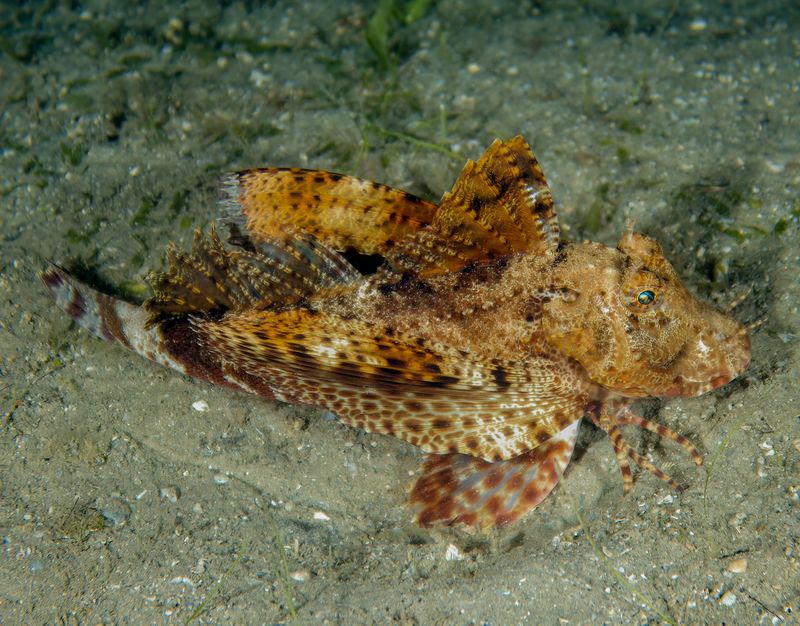
Certain sea robin species display remarkable cooperative hunting behaviors using their specialized legs. Small groups coordinate their movements, forming a line with their legs extended forward like a living seine net.
As they move across the seafloor in formation, their sensitive appendages detect prey trying to escape in any direction. This team approach significantly increases hunting success compared to solitary efforts – showing these fish are not just uniquely equipped but surprisingly social.
11. Regenerative Superpowers
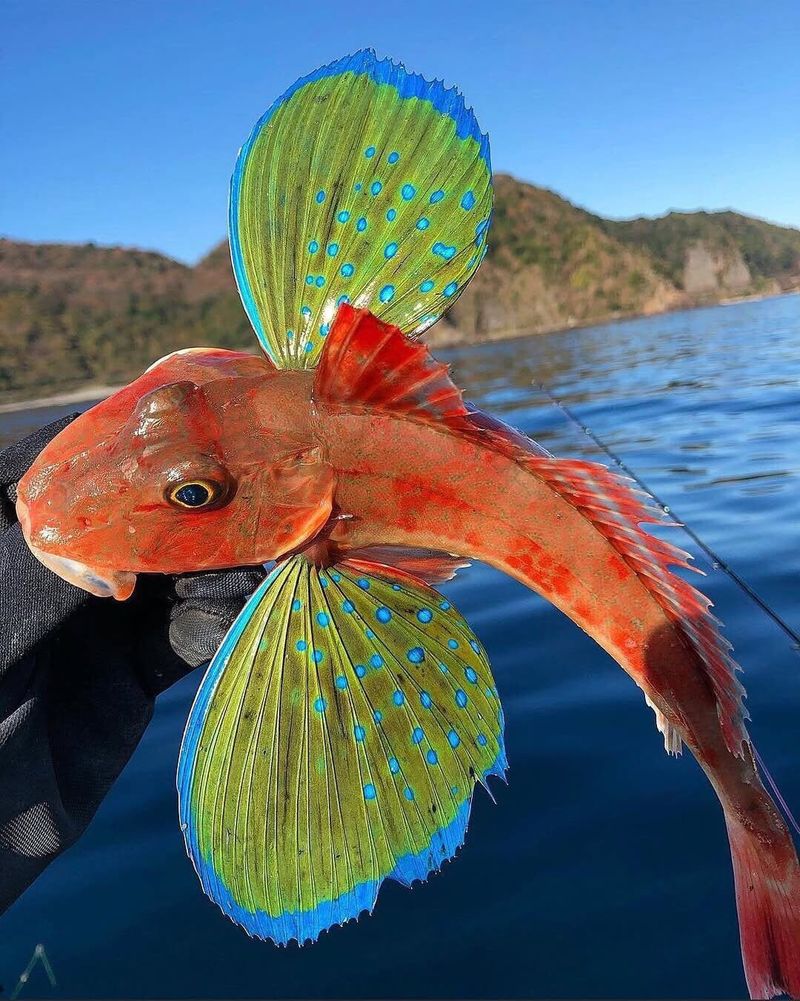
Among the sea robin’s most impressive abilities is regenerating damaged leg appendages. If a predator or accident damages one of these crucial sensory tools, the fish can regrow it completely within weeks.
The regenerated appendage contains all the same sensory capabilities as the original. This remarkable healing ability ensures sea robins can continue finding food effectively even after injuries that would permanently disable other species.
12. Human-Inspired Technology
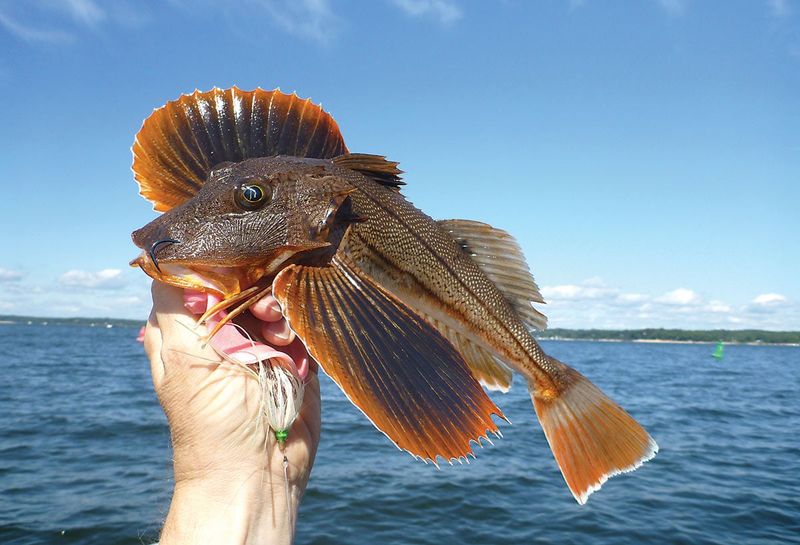
Marine biologists studying sea robins have inspired cutting-edge robotic designs. The fish’s unique sensory legs have become models for advanced underwater exploration robots that can navigate and ‘feel’ their surroundings.
These bio-inspired machines use flexible sensors modeled after sea robin appendages to detect objects buried in seafloor sediment. From archaeological discoveries to environmental monitoring, these robots demonstrate how nature’s innovations continue teaching us new engineering approaches.




